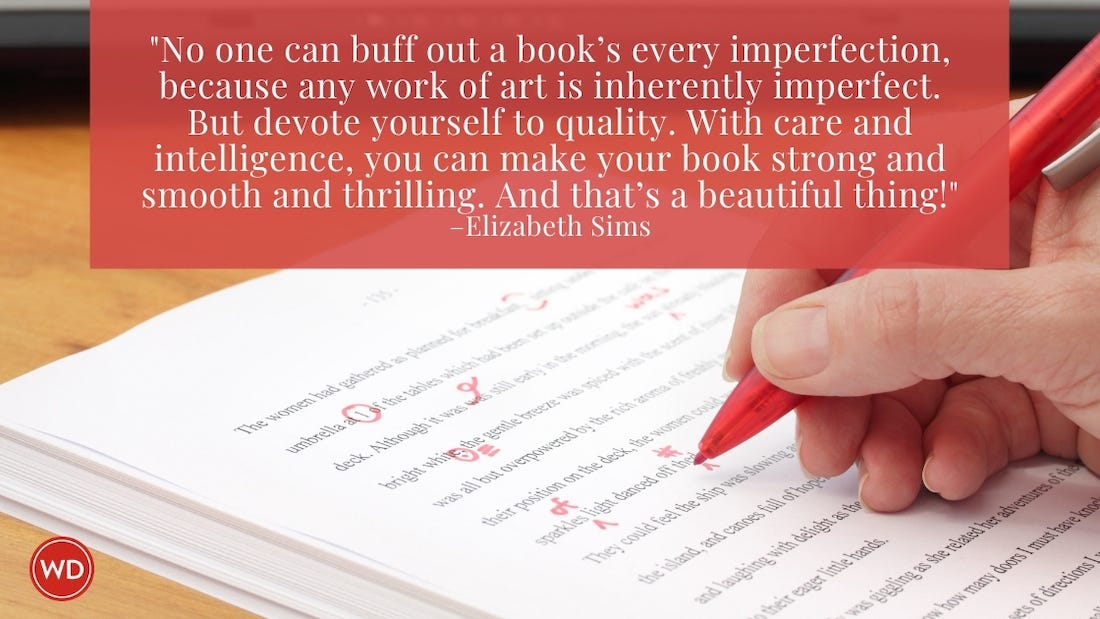Cooling Down
A Picture is Worth 1,000 Words by Phillip Sexton Your climax is the dramatic high point of your story. By the time your reader finishes it, she will be excited,…
Your climax is the dramatic high point of your story. By the time your reader finishes it, she will be excited, satisfied, thoughtful—perhaps even physically and emotionally drained. Now what? Everything that happens between this point and your final line is the denouement. Its purpose, as noted by Nancy Kress in Beginnings, Middles & Ends, is to show readers "the consequences of the plot and the fate of any character that was not accounted for in the climax."
Another way to think of it is the cool down after a vigorous workout. You stretch, shower, and slow your heart, easing your body back into its regular operating mode. Your denouement operates similarly, easing readers back into reality while providing the emotional satisfaction of closure. Some authors choose to throw one last surprise or two at readers before departing. If you opt to do the same, and the tone of it is markedly different than the balance of your denouement, consider handling such moments in an epilogue.
Scott Francis is a former editor and author of Writer's Digest Books.









